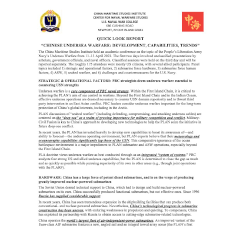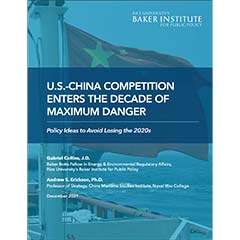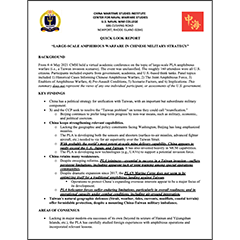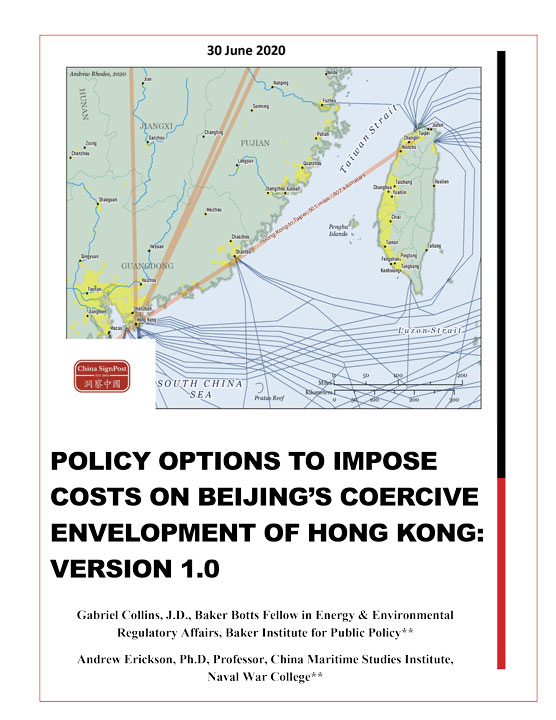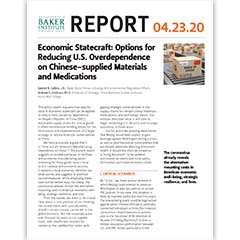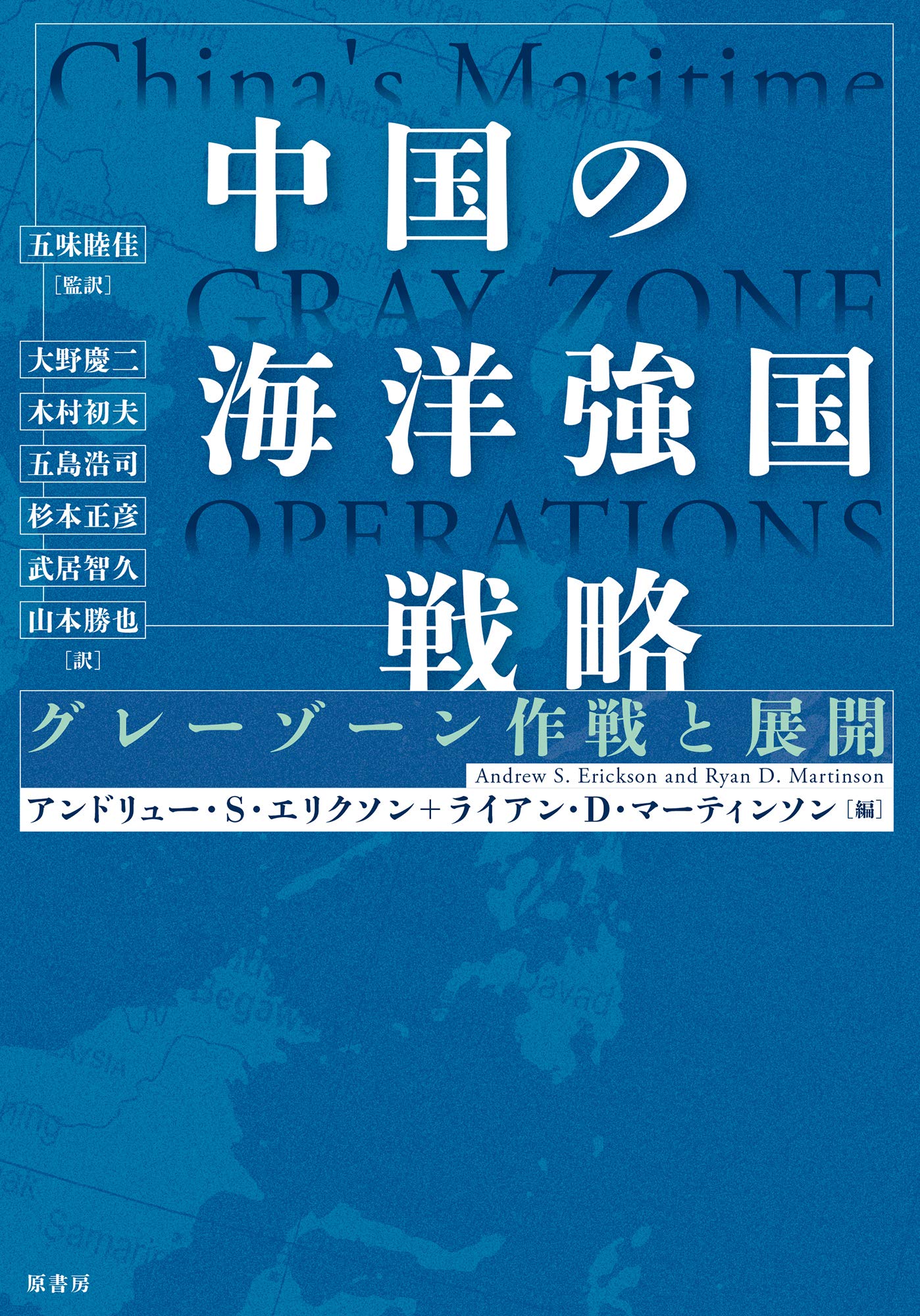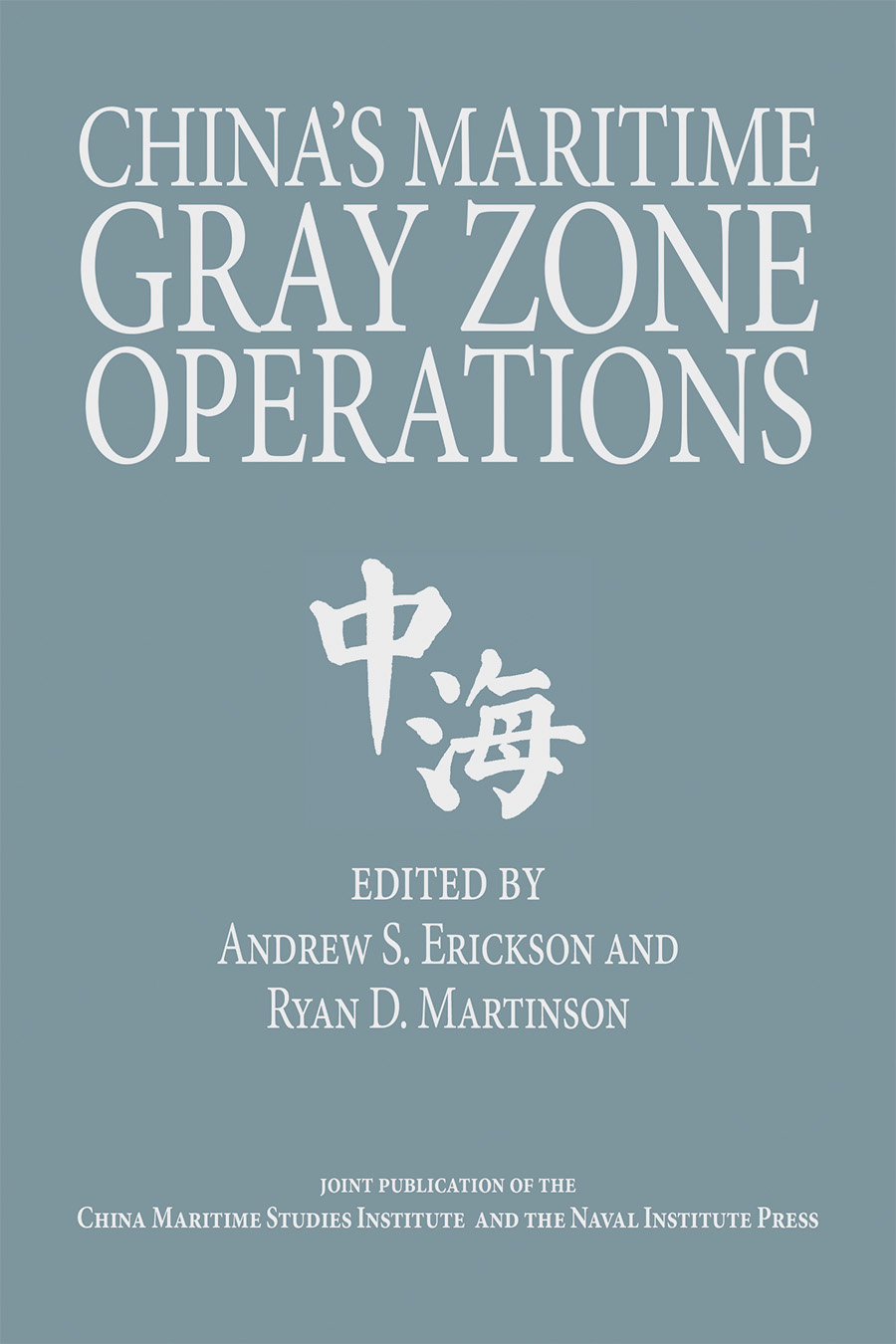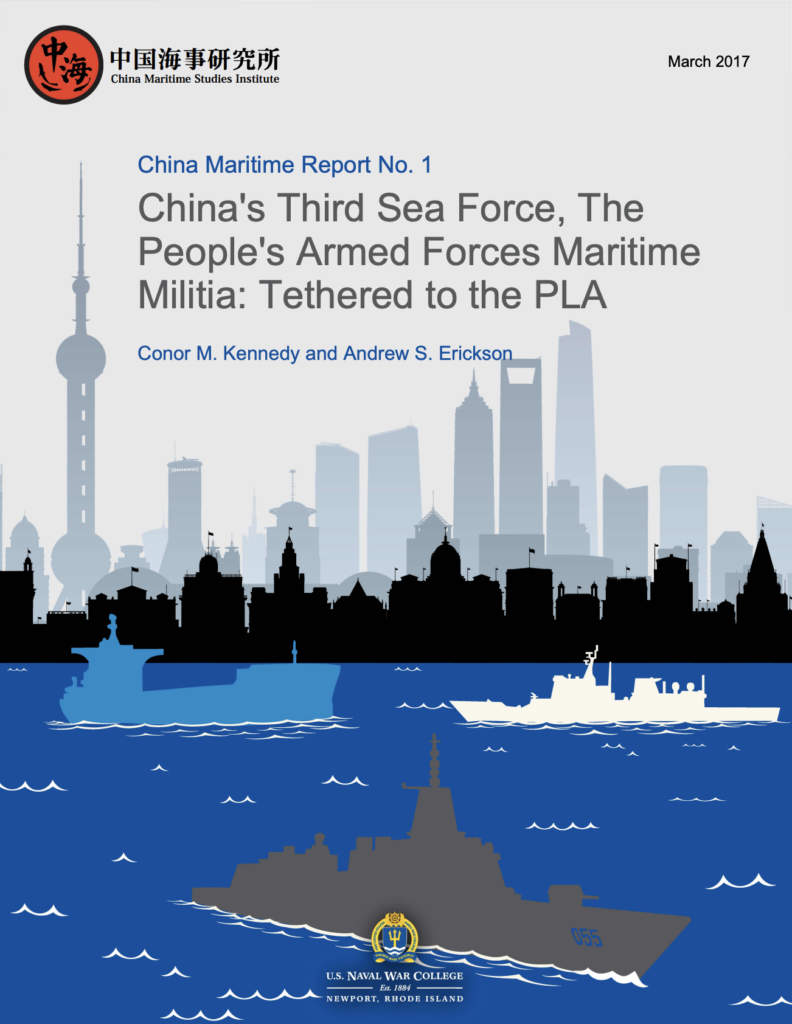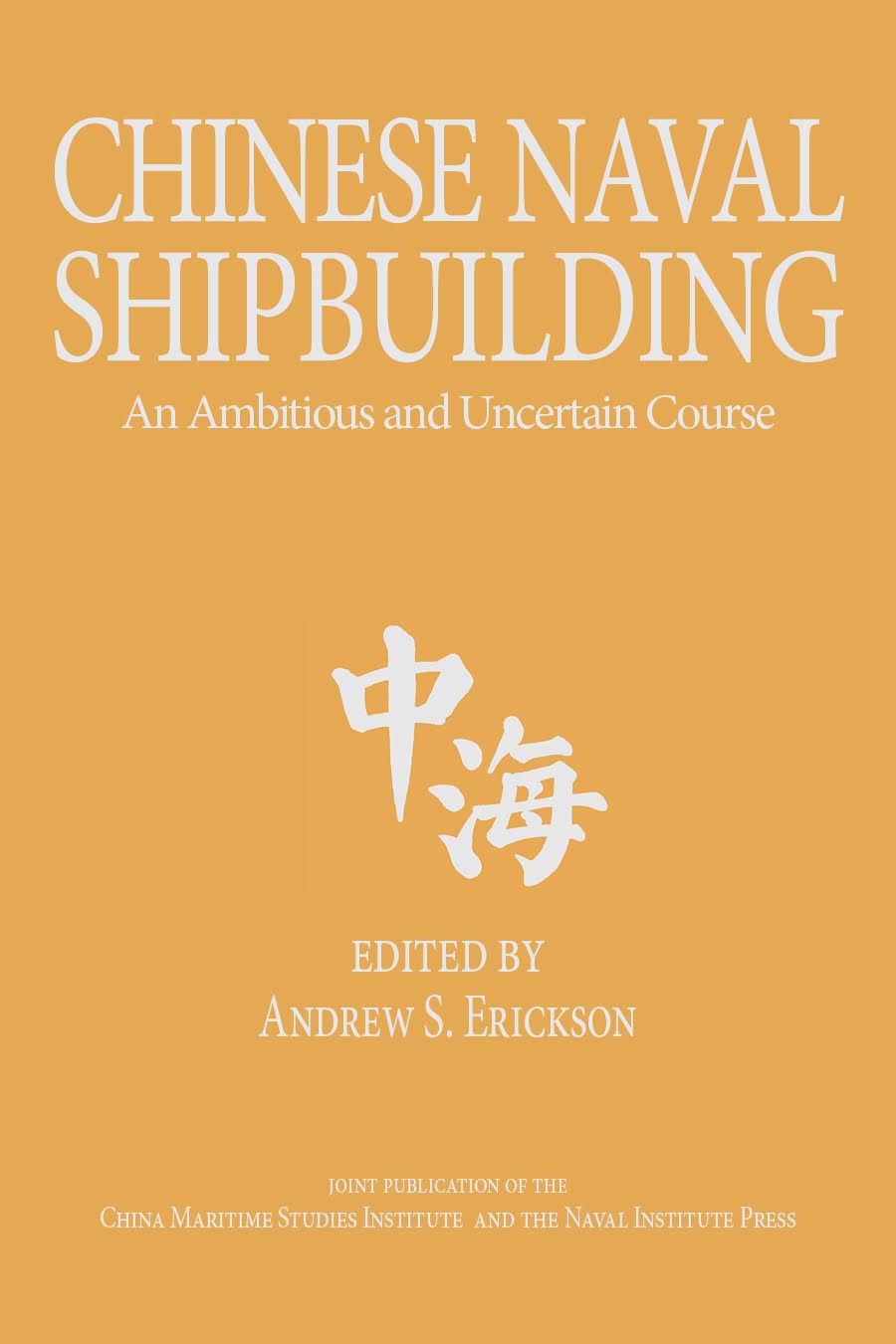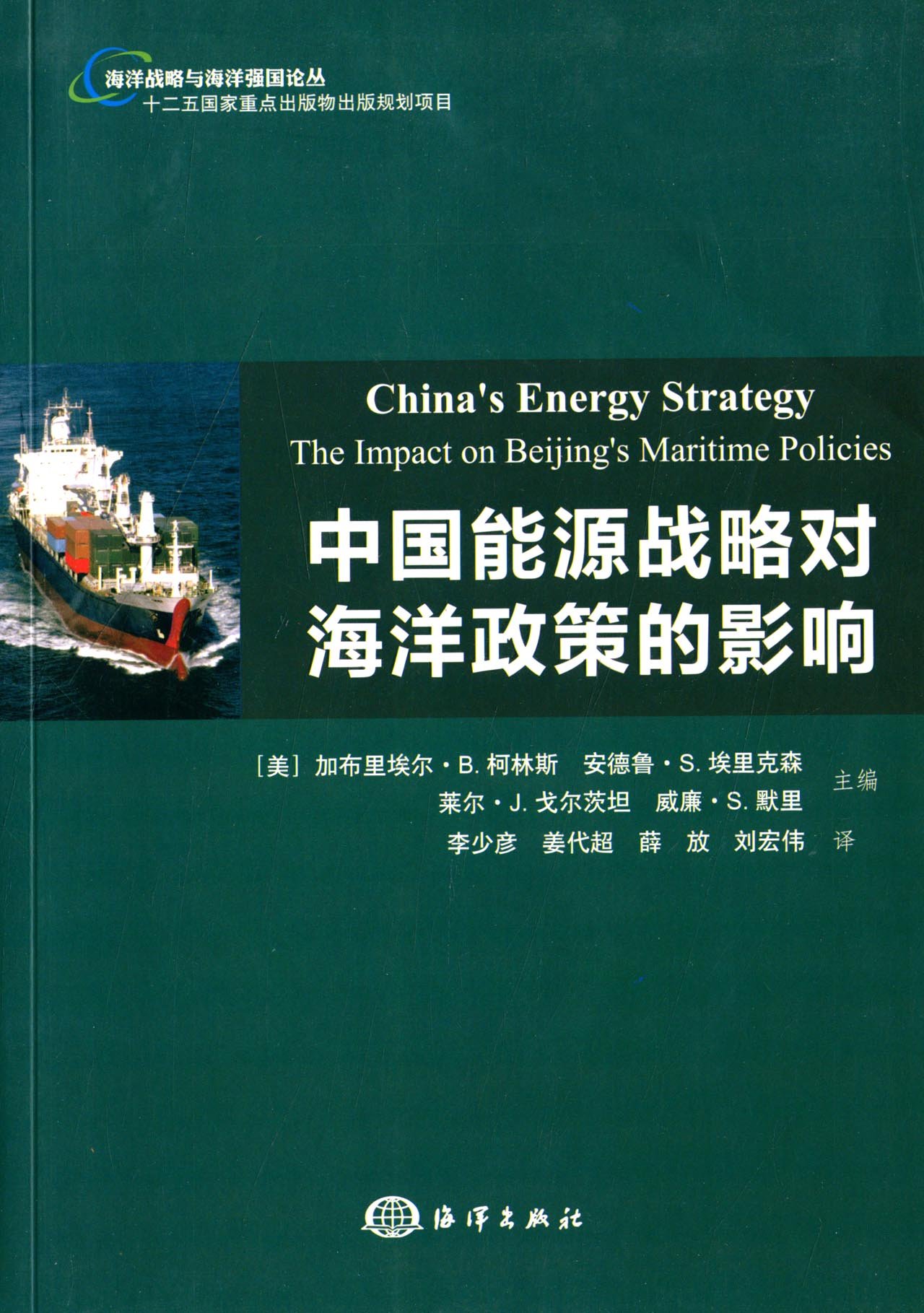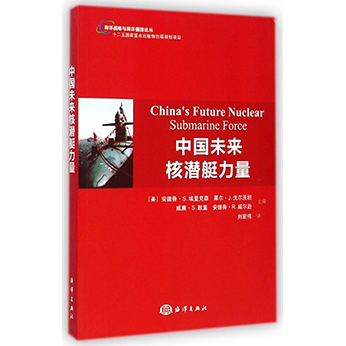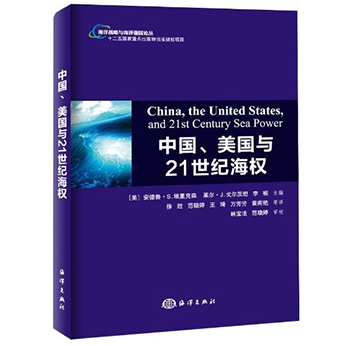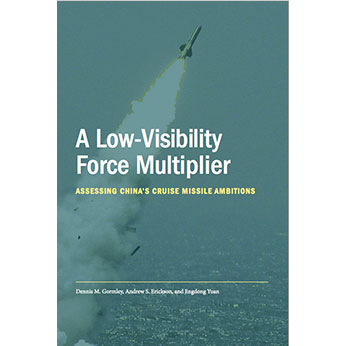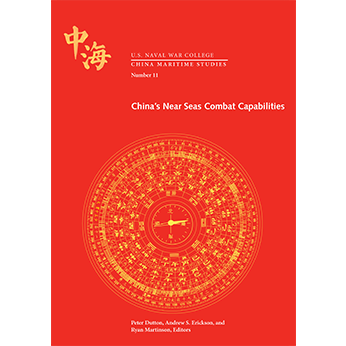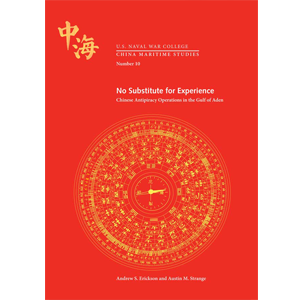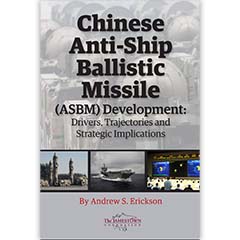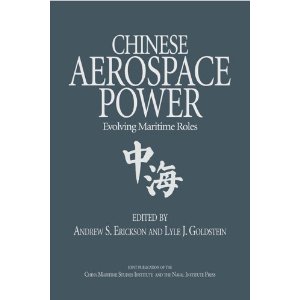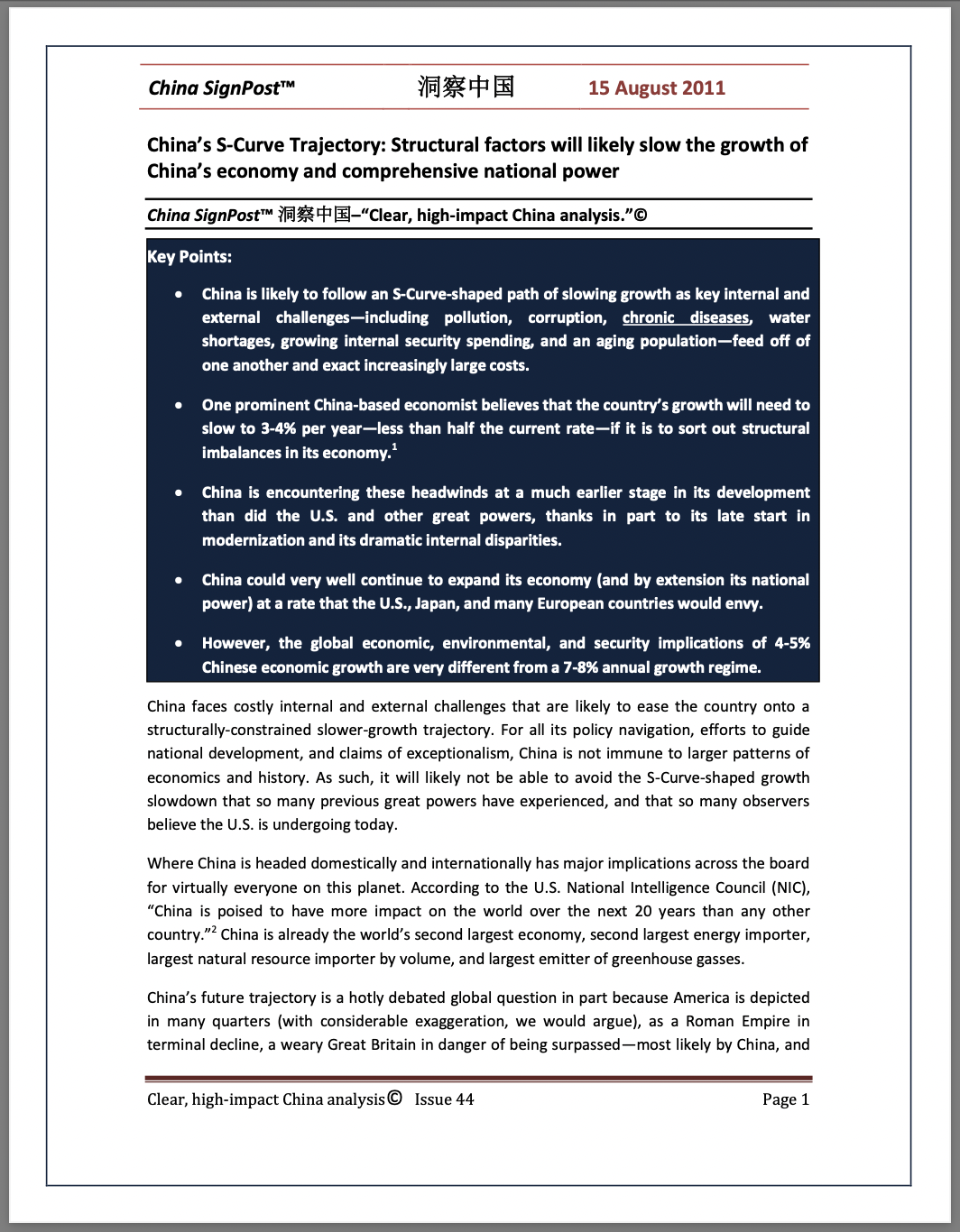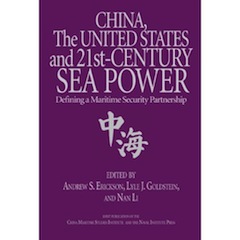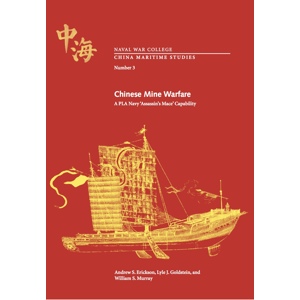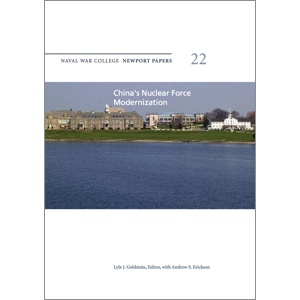CMSI Translation #2: “Dominating the Battlefield—The Advantages of Unmanned Intelligent Combat Forces”
CMSI Translation #2: Dominating the Battlefield—The Advantages of Unmanned Intelligent Combat Forces
Publication Date
April 2024
Translator’s Note
This article was part of a series of articles published by People’s Navy for the purpose of helping Chinese naval personnel to understand the characteristics of intelligent warfare and grasp the implications of Xi Jinping’s 20th Party Congress report in which he called for the PLA to “accelerate the development of unmanned intelligent combat forces.”
CLICK HERE TO DOWNLOAD A CACHED COPY.
Summary
In his report to the 20th National Congress of the Communist Party of China, Xi Jinping emphasized the need to accelerate the development of unmanned intelligent combat forces. Looking at the practice of local wars in recent years, unmanned combat forces as represented by drones have become an important part of the joint operational force system, playing an increasingly prominent role as an effectiveness multiplier. Especially with the advent of artificial intelligence technology and its rapid development and widespread use in the military field, unmanned systems are becoming more intelligent and autonomous, and unmanned intelligent operations are showing advantages and effectiveness that are different from those in the past.
Sample Text
Increased Flexibility, Able to More Effectively Achieve Sudden Strike Effects
General unmanned systems have the inherent advantage of carrying out surprise attacks due to their small radar cross section and stealthy design. However, due to their reliance on program control or command control mode, they have poor adaptability and can only rely on favorable environmental conditions to attack fixed or relatively slow targets. Intelligent unmanned systems, on the other hand, can carry out autonomous reconnaissance, identification, decision-making, and actions in more complex battlefield environments, with increasing operational flexibility, without relying on rear control, based on operational authority given beforehand, and can additionally carry out surprise attack operations within a wider range of mission sets.
They can implement agile attacks. On the informatized battlefield, the enemy’s key high-value targets usually appear suddenly and randomly in time and space. Attacking them is therefore subject to strict time window restrictions. The opportunity to attack is fleeting, but once the attack is successful, it will produce better combat effects and achieve greater results, leading to greater combat efficiency. Intelligent unmanned systems have strong autonomous decision-making capability, which solves the delay problem of rear command and control in transmission time and platform response. It can take advantage of its long endurance to carry out area mobile cruising to important mission areas and conduct persistent reconnaissance and surveillance, quickly and accurately attacking targets when they are discovered, and effectively seizing advantageous combat opportunities. In January 2020, the US military’s raid to assassinate Soleimani, the top commander of Iran’s “Quds Force,” used the semi-intelligent MQ-9 “Reaper” integrated surveillance and attack drone, supported by other intelligence information, entering the skies above Baghdad in advance, and successfully carrying out reconnaissance and a subsequent attack on the target.
They can achieve infiltrative, surprise attacks. Entering deep, core areas of enemy territory to carry out attacks on important targets has always been risky with a low success rate. As the intelligence level of small and micro unmanned systems increases, there is an emerging capability to spread drones deep into the enemy territory by utilizing airdrops or artillery fire, and then use independently-powered flight or ground maneuvers to automatically compare data and autonomously approach the intended target or directly attack it. They can penetrate key parts of large-scale weapon systems and even penetrate internal core locations such as the enemy’s combat decision-making, command and control systems, etc. to conduct reconnaissance and surveillance. Additional capabilities could include the timely release of high explosives carried to destroy key points and target nodes or releasing high-energy chemical weapons to kill or injure key or core personnel, implementing “inner-scope reconnaissance” and “minimally invasive strikes,” degrading the enemy’s operational systems, disrupting the enemy’s operational plans, and interrupting the enemy’s operational rhythm, thereby instilling a strong psychological shock and confusion. In November 2017, a highly intelligent micro-autonomous attack robot called “Killer Bee” was displayed at the United Nations Convention on Certain Conventional Weapons conference. It is less than the size of an ordinary person’s hand, is equipped with wide-angle cameras and tactical sensors, and contains three explosives. The Killer Bee can be used in a swarm and can capably fly indoors, entering through small holes for precise identification and attack. … … …
***
PREVIOUS TRANSLATION IN THE SERIES:
New resource from Newport! Go straight to the source, in the PLA Navy’s own words… Check out the published translations in CMSI’s new product line! We bring you expertly-translated English versions of two articles from a series in Beijing’s official naval newspaper to help PRC naval personnel understand fundamental characteristics of intelligent warfare and grasp key implications of Xi Jinping’s 20th Party Congress report—in which he called for the PLA to “accelerate the development of unmanned intelligent combat forces.” Don’t read 中文? 没问题—CMSI takes you straight to the original source in English!
Click here to access CMSI’s new series of translations.
CMSI Translation #1: The “Cans” and “Cannots” of the Military Application of Artificial Intelligence
Publication Date
April 2024
Translator’s Note
This article was part of a series of articles published by People’s Navy for the purpose of helping Chinese naval personnel to understand the characteristics of intelligent warfare and grasp the implications of Xi Jinping’s 20th Party Congress report in which he called for the PLA to “accelerate the development of unmanned intelligent combat forces.”
CLICK HERE TO DOWNLOAD A CACHED COPY.
Summary
The application of artificial intelligence (AI) in the military field is an important force for promoting improvements in military technology and progress in the revolution of military affairs and is a key driver changing operational patterns and disrupting the form of war. In the upsurge of military applications of AI, we must think carefully about future decisions, deeply understand the technological hub (jishu shuniu) role of AI, dialectically view the functional boundaries of military applications of AI, and accurately grasp what AI “can” and “cannot” do. We must oppose both contemptuous and omnipotent theories of AI military application, comprehensively and objectively clarify what AI “can” and “cannot” do in military applications, and strive to seize the opportunity, win the initiative, develop systematically, and make breakthroughs in the military application of AI.
Sample Text
AI Can Disrupt the Form of War, But It Cannot Change the Essence of War
The form of war is the manifestation and overall state of war in different historical stages demonstrated through the progression of manufacturing and production in human society applied to the military domain. Major breakthroughs in science and technology and the landmark developments of cutting-edge weapons and equipment will subsequently lead to new changes in military organization, operational methods, and operational theories, culminating in overall changes in warfare, thereby creating a new form of war. At present, intelligent warfare is revealing new characteristics that disrupt previous forms of war. For example, intelligent military organizational form will be reshaped and restructured; leadership command systems will feature flat network aggregation, matrix interaction, and global coupling characteristics; scale and structure will be more streamlined and efficient, aggregated across multiple domains, and integrated; human-machine hybrid and unmanned swarm formations will become the primary method, while the proportion of intelligent unmanned operational forces continues to increase; the status and role of virtual space in the operational system will gradually increase; the geographic, physical, information, and cognitive domains will achieve deep integration and harmonization, with multi-domain and cross-domain [operations] becoming the basic forms of warfare; weapon systems without a center, or a weak center, or with a center, with hybrid compatibility between them, will become the development trend, which will completely change the human-centered control and decision-making model.
It is now obvious that AI technology is increasingly used in the military field, which has heightened the level of intelligent warfare. This in turn may cause a lowering of the threshold of war, a blurring of the appearance of war, and a diversification of the agents of war. However, any advancement in technological means cannot change the nature of war; nor can it change the basic laws and guidelines of warfare. In the intelligent age, the essence of warfare is still the politics of bloodshed. The development of smart technology and its application in the military field is also a direct manifestation of the political and military strategies of various countries and political groups. There is still a clear distinction between the justice and injustice of war, and the fate of the war is still determined by the officers, soldiers, and masses of common people (renmin qunzhong) participating in the war. A war involving national independence, opposition to oppression and exploitation, and promotion of people’s liberation and social progress requires the courage to “do it when you know that you cannot do it” and the determination to “win when you meet the enemy on a narrow road and only one person can pass.” In terms of war guidance, no matter how AI technology develops, we must adhere to the fundamental principle that war serves politics and persist in the fundament principle of defeating unjust wars with just wars. … … …
***
Click here to access CMSI’s new series of translations.
From CMSI Director Christopher Sharman:
This month CMSI is providing two translations for your review. Both address the PLA’s integration of cutting-edge technologies. They are pulled from recent pages of Renmin Haijun(People’s Navy) as part of a series of articles focusing on helping PLAN personnel understand the characteristics of intelligent warfare and to grasp the implications of Xi Jinping’s 20th Party Congress report in which he called for the PLA to “accelerate the development of unmanned combat forces.” People’s Navy is an authoritative Navy journal, which makes these translations particularly useful.
We frequently receive questions about about the People’s Liberation Army Navy (PLAN)’s integration of Artificial Intelligence (AI). The first article, “‘Cans’ and ‘Cannots’ of the Military Application of Artificial Intelligence” examines the relationships between AI and humans in combat. It looks at the strengths AI brings, but highlights that it is not a panacea. The article provides a sober assessment of some of the challenges the PLAN must address as it further integrates AI into its martime operations.
The second article, “Dominating the Battlefield – The Advantages of Unmanned Intelligent Combat Forces” examines the prominent role of unmanned combat systems play in combat. The article addresses a wide range of strengths of these systems. It highlights how intelligent unmanned systems enhance operational flexibility by eliminating the need for command and control, it trumpets their utility for strikes on targets deep within enemy territory, and addresses their applicability for swarming operations. The article describes different applications for unmanned intelligent systems and how they can help build efficiencies into warfare.
Professor Nick Henderson, a Research Professor within the NWC Strategic and Operational Research Department who specializes in Chinese language and Chinese international economic policy, teamed up with CMSI to translate these two challenging articles. Our thanks to Nick for his painstaking efforts, from which we all benefit. Thanks as well to CMSI’s own Ryan Martinson, who helped to ensure the accuracy of these challenging translations.
As with other CMSI products, we ask that you help to get the word out about these products and to forward them to those who need to know.
Also, if you haven’t checked out our webpage recently, it’s worth doing so to see some of our latest products. We have several recent postings on our webpage.
The CMSI Web Page is at: https://usnwc.edu/cmsi






